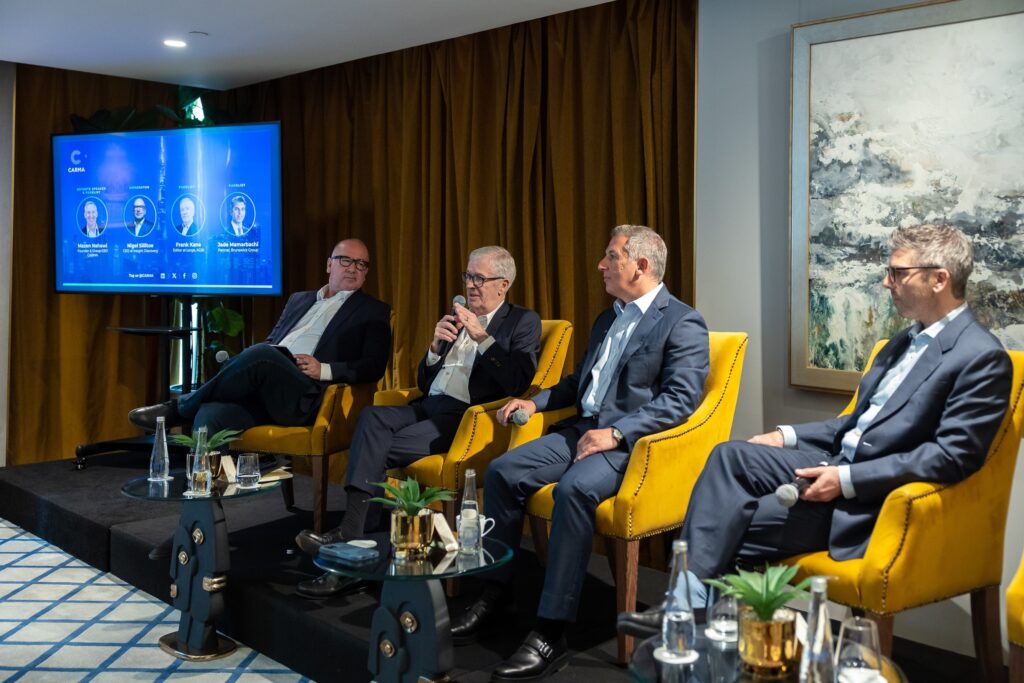Millward Brown, a global company focused on brands, media and communications, has identified rapid growth in synchronized advertising across TV and digital devices as a key trend for 2015.
Consumers can expect to see more linked messages in 2015, with ads on TV being backed up by an increasing number of reminder and reinforcement messages on digital devices, including desktops, laptops, mobiles and tablets, predicts the company in the first of its annual Digital & Media Predictions.
Second-screen advertising synching typically uses listening technology to identify when an advert has run on TV and immediately deliver advertising messages to run on digital devices. This technology is now being offered by a number of companies such as Civolution, Infectious Media, Mediasynced and WyWy. While such technology was experimental in 2014, Millward Brown expects it to go mainstream in 2015 as more advertisers tap in on the opportunity to target their online and social media advertising in this way.
“Second-screen synching isn’t just about media efficiency and hitting consumers with multiple messages, it’s also a new storytelling opportunity that allows brands to add extra value for people who just watched their TV spot. We expect it to grow rapidly in 2015,” says Duncan Southgate, global brand director, digital at Millward Brown.
Marketers should be encouraged that an increasing number of consumers now use multiple devices while watching TV, sometimes to learn more about the shows and commercials they see but also to perform other tasks while the TV is on.
Millward Brown’s 2014 global AdReaction study shows that 35 percent of all screen time involves simultaneous usage of TV and a digital device. However, consumers are far more likely to be using their digital screen for activity unrelated to TV. Currently, just 11 percent of multiscreen users proactively use a digital device to follow up on a TV ad, thus marketers will be keen to use the new technology to make the cross-screen connection on behalf of consumers, and thereby reinforce the power of their broadcast messages.
In addition to improving the effectiveness of messaging, second-screen synching also allows brands to initiate a more in-depth dialogue with consumers. For example, an automotive advert on TV could be followed up just seconds after the commercial ends with an offer to arrange a test drive, or a story line from the advert could be continued online with a call to action delivered direct to mobiles and tablets. One of the brands using this technology today is Hyundai.
Besides reinforcing the message, brands can also use this technology to outsmart competition by running targeted digital counter-claims at the same time as a competitor’s TV ad. It also offers complementary brands the chance to cross-promote products; viewers of a TV ad for vodka might, for example, subsequently see an ad for a suitable mixer drink on their digital device.
Synching technology seems likely to have broad appeal across categories from financial services to FMCG and looks set to become a standard part of the marketing toolkit for smart advertisers. The true impact of this form of targeting will be measured over the coming year as its use increases, and advertisers understand the impact on brand and behavior.
Southgate concludes, “With media channels evolving at breakneck speed, marketers are well served by exploring new innovations – like second-screen synching – and the unknown. Millward Brown’s annual Digital & Media Predictions helps marketers navigate what’s next”.




